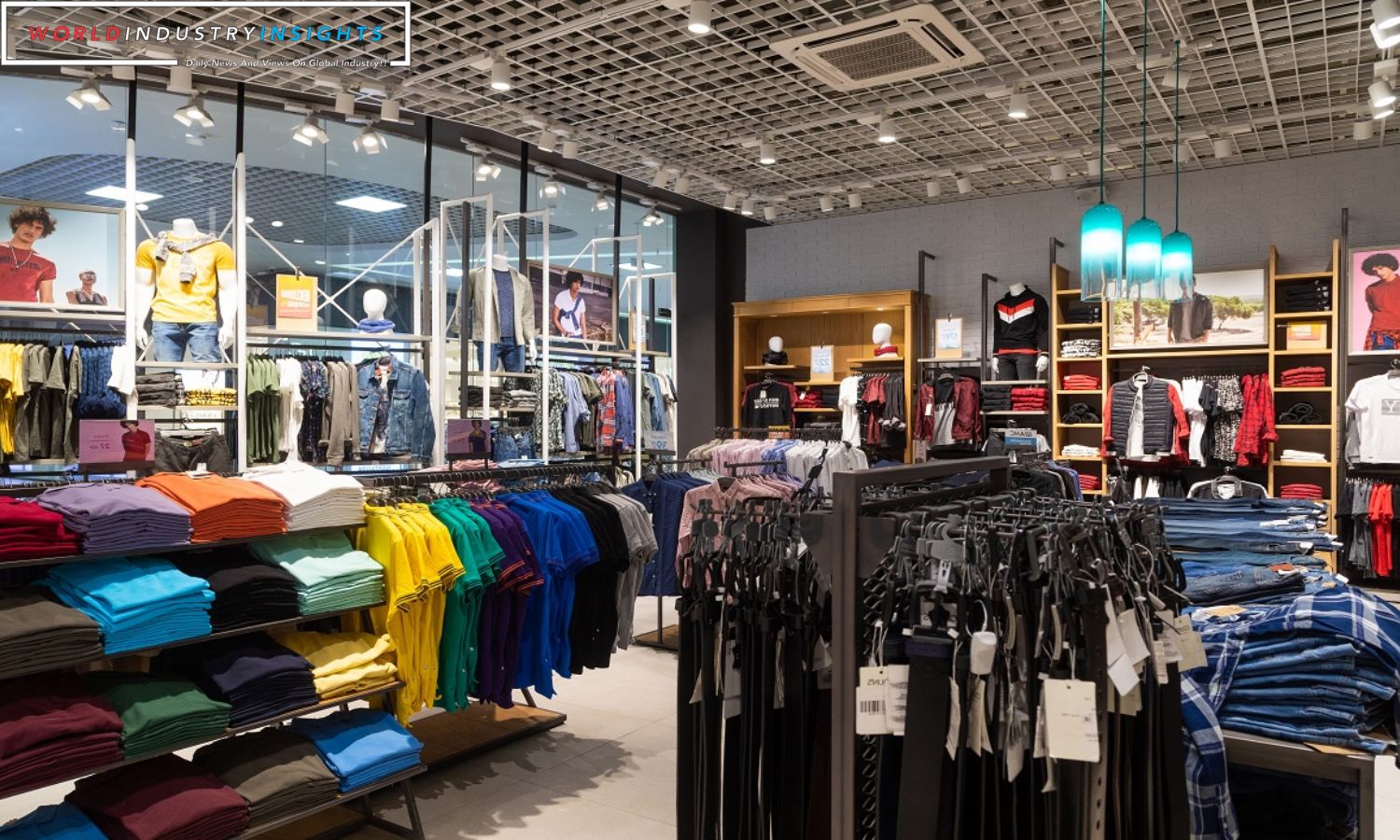Retail Revolution: In the fast-paced world of holiday shopping, a significant shift is taking place as retailers reevaluate their approach to returns. This year, a staggering 59% of retailers are offering what’s known as “returnless” or “keep it” policies, allowing customers to hold onto products that cost more to return than their actual value. This marks a substantial increase from the previous year, highlighting a growing trend in the industry.
The data, gathered by returns services firm go TRG through a survey of 500 executives at major retailers, including industry giants like Walmart and Amazon, indicates a shift towards minimizing the logistical and financial burdens associated with processing returns. The survey also points out that this strategy is particularly gaining momentum in the realm of online purchases.
While the survey did not disclose the specific retailers adopting these policies, it reflects a broader movement within the industry to leverage technology and streamline operations. “Returnless” policies allow companies to sidestep the traditional process of handling returned items, which often incurs significant costs related to transportation, sorting, and potential resale at a discounted rate. By encouraging customers to keep items that are not worth the return shipping expenses, retailers hope to strike a balance between customer satisfaction and operational efficiency.
The holiday season, especially after Black Friday and Cyber Monday, typically sees a surge in returns. This year is no exception, with U.S. shoppers expected to return a staggering $173 billion worth of holiday purchases, marking a 28% increase from the previous year, according to Optoro, a company specializing in returns management.
Also Read: Holiday Retail Wars: Unveiling the Cheapest Shopping Season in Years!
Interestingly, these “returnless” policies are not openly advertised by retailers, indicating a cautious approach to their implementation. Concerns about potential abuse by customers have led companies to keep such policies discreet. However, the undeniable rise in their adoption suggests that retailers are increasingly prioritizing cost-effectiveness and efficiency in managing returns.
The shift in return strategies is not limited to the “returnless” trend. With almost 90% of retailers revising their policies this year, the industry is witnessing a broader reevaluation of how returns impact profitability. Changes include offering store credit, charging for certain returns, and encouraging customers to return online purchases to physical stores, reflecting a comprehensive effort to address the challenges posed by returns.
This transformation in the retail landscape aligns with the evolving expectations of consumers, who increasingly anticipate a seamless transition from in-store to online shopping experiences. The ease of accessing and watching films at home, coupled with advancements in technology, has conditioned audiences to expect quick availability on streaming platforms, impacting not just the retail sector but various industries.
As retailers navigate this paradigm shift, finding the right balance between customer satisfaction and operational efficiency becomes paramount. The challenge lies in adapting to these changing consumer behaviors while maintaining profitabilitya delicate dance that will likely shape the future of the retail landscape.
Our Reader’s Queries
What is retail revolution?
Join the Retail Revolution virtual experience to connect, interact, and gain inspiration for bringing more humanity to your organization during these challenging times. Let’s gather in front of our screens to discuss the future of retail and what it holds. This is an opportunity to stay ahead of the curve and make a positive impact on your business.
Why has retailing changed so much?
The retail industry has undergone a significant transformation with the rise of e-commerce. The conventional approach of relying on physical stores and buying and merchandising teams has been disrupted. The emergence of online shopping has revolutionized the way retailers sell to consumers and attract new talent. This shift has brought about a new era of retail, where businesses must adapt to the changing landscape to remain competitive.
How did retail evolve in the world?
Retail markets have been around since the 7th millennium BCE, starting with Middle Eastern towns. These markets emerged as civilizations began using money to facilitate commerce. To enable merchants and producers to sell their goods to consumers, open-air markets were established by various ancient Middle Eastern and European civilizations.
How has retail changed in the last 5 years?
The retail industry has undergone a significant transformation in recent years. The traditional in-store shopping experience has given way to borderless e-commerce and social commerce-led shopping. Cash payments have been replaced by cashless payments and EMIs, while physical shelf space has been replaced by online shelf visibility. These changes have revolutionized the way we shop and have made it easier for consumers to access a wider range of products and services. As a result, retailers must adapt to these changes to remain competitive in today’s market.


